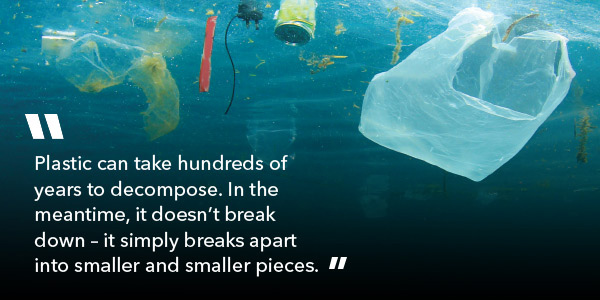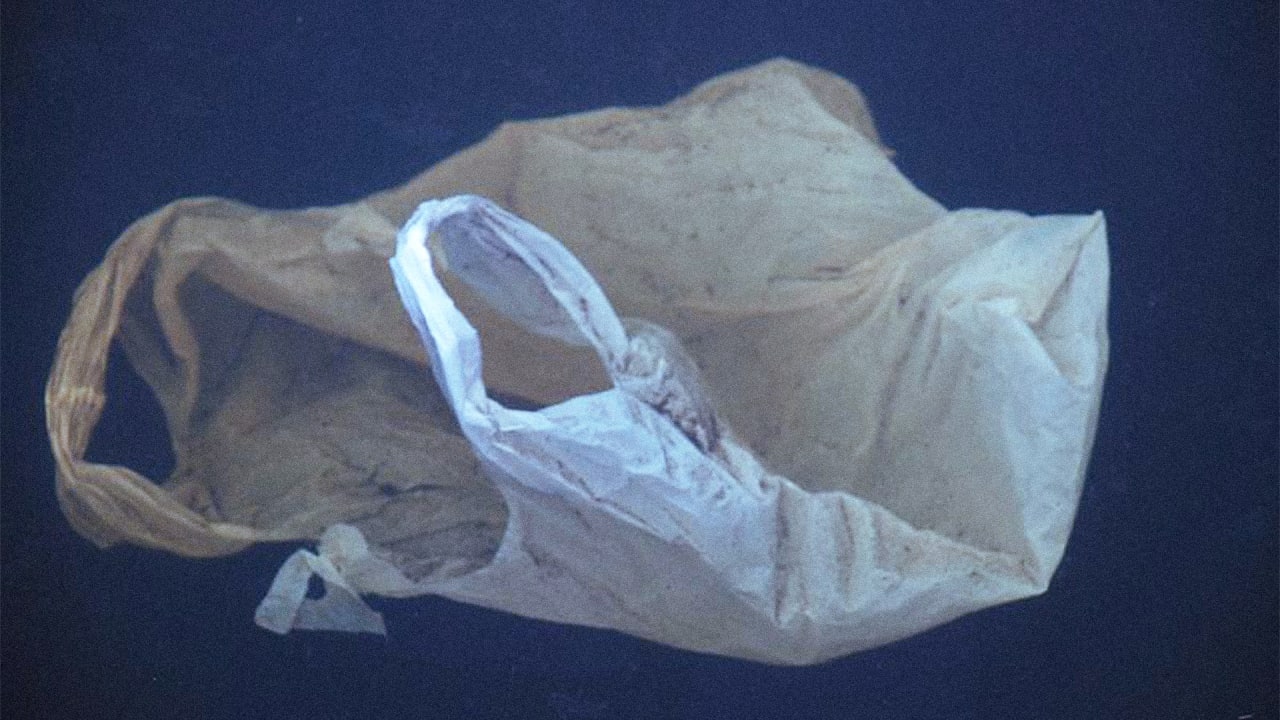


What a lot of people do not know is that not all plastic is the same. See what easy swaps you can make away from single-use plastic.That means that plastic pollutes our environment for thousands of years to serve us for 12 minutes.

See the amount of plastic bags that have been created for single-use this year, so far.īear in mind that every plastic bag is used for only 12 minutes on average. In fact, around half of the global annual plastic produced is destined for a single-use product. This means that there is an enormous amount of waste created from just one product. One of the issues with single-use is that, well, it’s only to be used once and then thrown away. There are a multitude of ways in which plastic is used - the majority of it is used for single-use. This includes asthma, lung cancer, organ damage (including brain damage) and cardiovascular diseases, amongst others.įinally, the use of fossil fuels in the first place, alongside the processes of production, end up contributing to climate change. Likewise, the air pollution made from the petrochemical facilities continues to contaminate the surrounding air, creating a variety of health problems in neighbouring communities. “A plastic bag is only used for around 12 minutes on average but pollutes the environment for thousands of years.” In fact, 90% of seabirds have plastic in their bodies which is no surprise when plastics consistently make up 80% of all marine debris according to a study. Moreover, chemicals from production also contaminate waterways, which can be toxic and poison entire food chains. These pellets are then consumed by animal life. Plastic is made from fossil fuels, and the production of plastic pollutes waterways with the tiny pellets produced by these facilities making its way to water.

The damage to the environment doesn’t start when plastic is wasted, but in fact at its very creation. The rest of the article will now go into detail about how plastic is created, what it is used for, how it breaks down and what is being done to help. Toxic particles from plastic contaminate waterways and soil, meaning that plastic enters the food chain and affects every living organism - which also affects BIPOC and low income communities disproportionately.Īll of the forms of pollution either immediately or slowly poison the environment and the world that we live in. Many of these places do not have the infrastructure to deal with the masses of plastic waste that arrives. Plastic waste disproportionately affects BIPOC and low income communities - so much that one town was ‘smothered’ by plastic. The process of fracking to source the plastic Plastic builds up and cannot be removed entirely Microplastics as plastic never fully breaks down Plastic pollution happens in a variety of ways:Ĭhemicals (including carcinogens like xylene and benzene) released from burning and creating plastic, amongst other ways the chemicals in plastic pollutes.Īir pollution from petrochemical facilities The Big Plastic Count: An Event To Count On If the rate of plastic production and waste continues, there will be 12 billion tonnes of plastic in landfills and the environment. So, with only 9% being reused, where does the rest of the plastic go?Ĭurrently 79% of plastic ends up in the landfill. It is estimated that only less than 10% of the plastic produced in the UK is recycled, and the rest of the world is not much different either as only 9% of waste plastic is recycled and 12% incinerated.


 0 kommentar(er)
0 kommentar(er)
